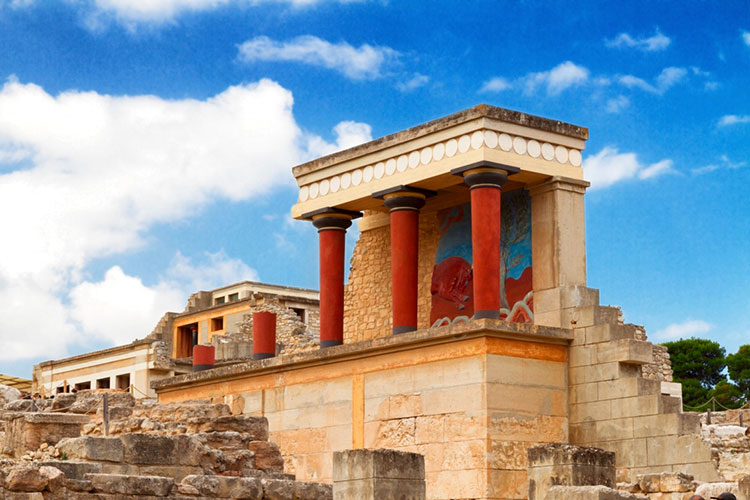
Minoan Palace of Knossos
Knossos is the largest Bronze Age archaeological site on Crete and is considered Europe's oldest city. The palace of Knossos was undoubtedly the ceremonial and political centre of the Minoan civilization and culture. It appears as a maze of workrooms, living spaces, and storerooms close to a central square. An approximate graphic view of some aspects of Cretan life in the Bronze Age is provided by restorations of the palace's indoor and outdoor murals, as it is also by the decorative motifs of the pottery and the insignia on the seals and sealings.
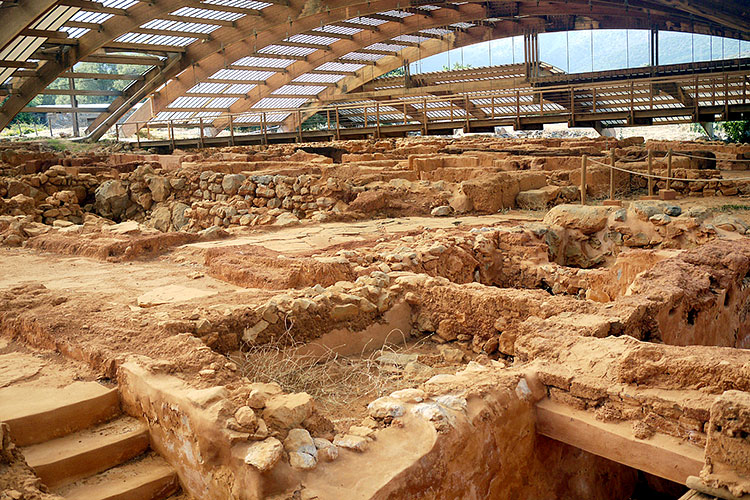
Minoan Palace of Malia
Malia Crete is one of the ancient Minoan palaces which testify to the magnificent civilization which grew up on the island. The site is situated about two miles (3 km) to the east of the modern resort of Malia. It has been excavated mainly by the French School of Archaeology since the early 1920's. Because the site was abandoned at the end of the 2nd millennium BC and no one else every used it, there are no other building or other remains to cause confusion.
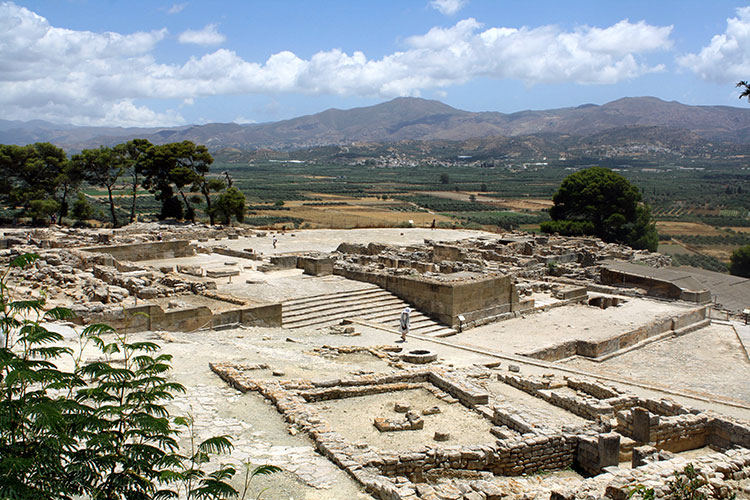
Minoan Palace of Phaistos
The palace of Phaistos commands the Messara plain from its location on a low hill, and it is the second in size palace of Crete after Knossos. The site was inhabited since the late Neolithic era with several well organized settlements on the hill and the surrounding area, and the first palace was built around 2000 BC. Excavations have unearthed rich historical strata, and some ruins date back to Neolithic times.
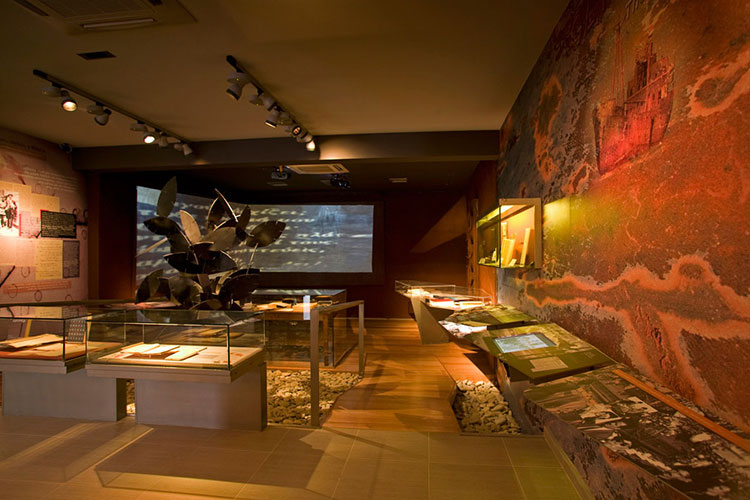
Nikos Kazantzakis Museum
The Nikos Kazantzakis Museum pays tribute to the important intellectual, author, thinker, philosopher, politician and traveller Nikos Kazantzakis. The Museum is made up of a cluster of buildings in the central square of the historical village of Varvari, now known as Myrtia. The Museum Exhibition is housed on a site formerly occupied by the home of the Anemoyiannis family, which was related to Nikos Kazantzakis' father, Kapetan Michalis. The Museum holds manuscripts and notes by the author; samples of his correspondence with major thinkers, politicians and authors of his time; first editions of his works in Greek and other languages; rare photographic material; souvenirs from his travels; personal effects; models, costumes and other material from theatre productions of his works in Greece and abroad; portraits and sculptures of the author; dozens of foreign-language editions of his works from all over the world, all a legacy that binflatable alive the memory of Nikos Kazatzakis and promotes his work and personality.
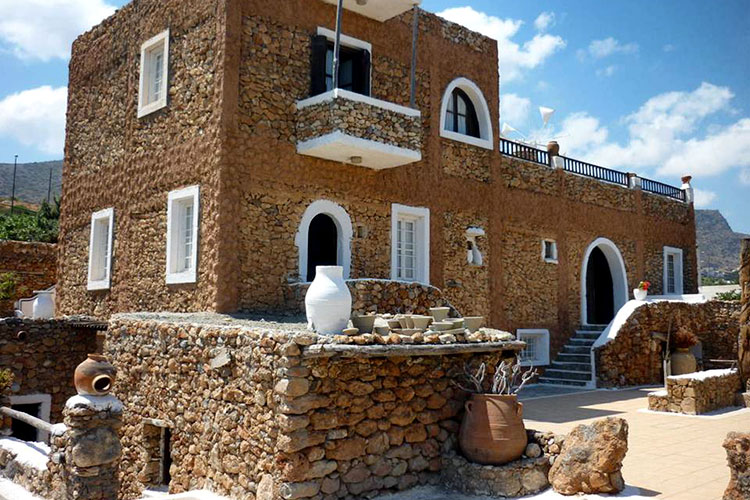
Cretan Open-air Museum Lychnostatis
Situated northeast of the Cathedral of St. Minas, this church once belonged to the Monastery of St. Catherine on Mt. Sinai. The church was founded in the second Byzantine period, and was a centre of intellectual and artistic activity from the 15th to the 17th century.
St. Catherine's now serves as an exhibition venue owned by the Archdiocese of Crete. It houses works representative of the Cretan Renaissance, the most outstanding of which are portable icons by Michail Damaskinos. The displays also include collections of altar furnishings, books, vestments and detached murals.
St. Catherine's now serves as an exhibition venue owned by the Archdiocese of Crete. It houses works representative of the Cretan Renaissance, the most outstanding of which are portable icons by Michail Damaskinos. The displays also include collections of altar furnishings, books, vestments and detached murals.
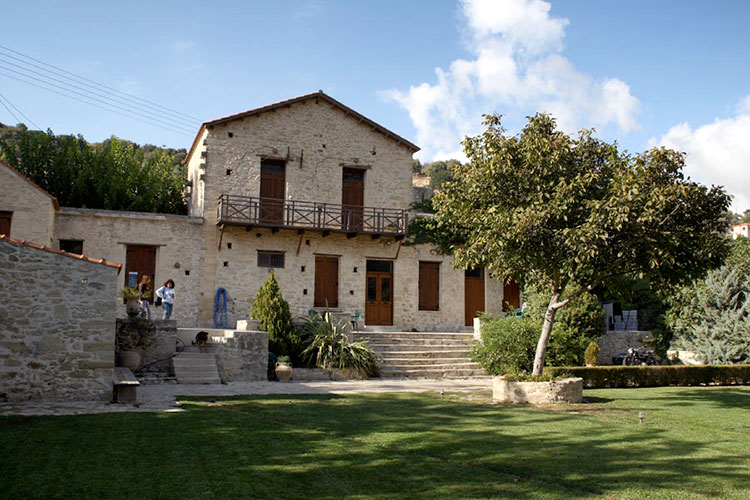
Labyrinth Musical Workshop
The Labyrinth Musical Workshop was founded in 1982 by Ross Daly, with the goal of initiating young people, primarily, into a creative approach to traditional musical idioms from various parts of the world. Apart from the personal collection of Ross Daly himself, exhibitions of unique collections of instruments belonging to other collectors will also be on display from time to time, as well as exhibitions of the work of some of the best of contemporary instrument makers worldwide. Parallel to the exhibition of instruments, special musical seminars and "master-classes" are organized at regular intervals featuring some of the foremost master-musicians of the traditional music from all over the world.
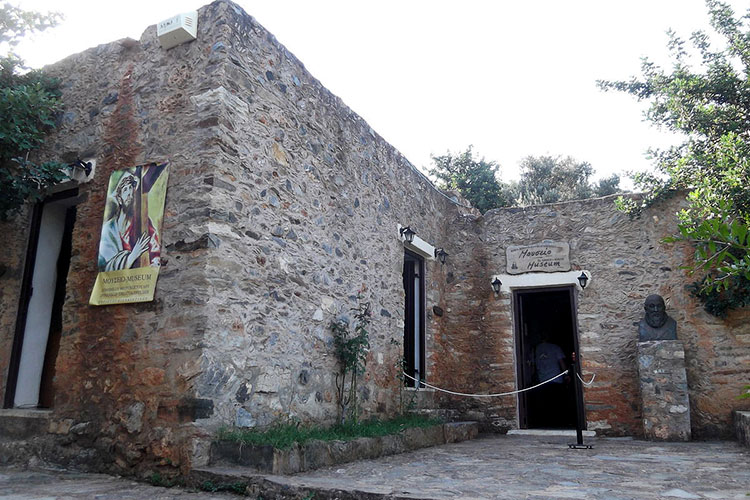
The Museum of Domenicos Theotokopoulos (El Greco)
The museum of Domenicos Theotokopoulos is located at the site of "archontika" in the beautiful setting of Skoteini, near the Byzantine church of Panagia.
The museum is housed in a renovated post-Byzantine building complex and is open to the public since 1998. About ten thousand people visit the museum every year.
The exhibition includes a small collection of reproductions of the works of the great painter, commonly known as 'El Greco'.
An information pamphlet about the life and work of Theotokopoulos is available in 5 languages and is distributed to visitors.
The museum is housed in a renovated post-Byzantine building complex and is open to the public since 1998. About ten thousand people visit the museum every year.
The exhibition includes a small collection of reproductions of the works of the great painter, commonly known as 'El Greco'.
An information pamphlet about the life and work of Theotokopoulos is available in 5 languages and is distributed to visitors.
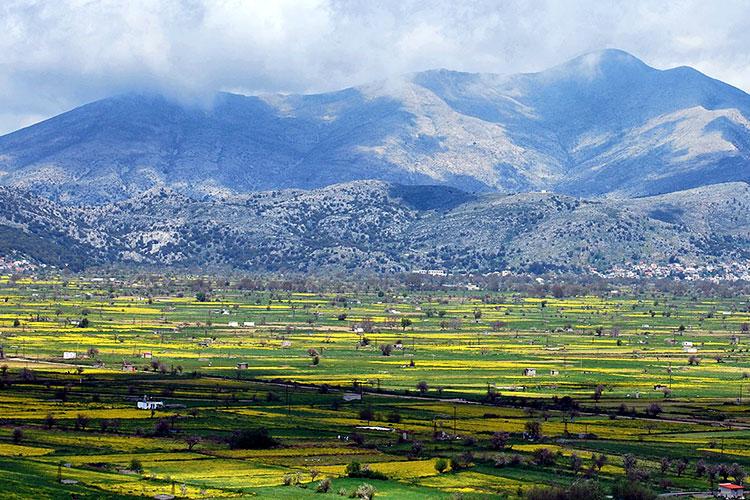
Oropedio Lasithiou
Oropedio Lasithiou or Lasithi Plateau is a large scenic plain, and a municipality, located in the Lasithi peripheral unit in eastern Crete, Greece. The seat of the municipality is the village Tzermiado. The Lasithi Plateau stretches (11 km (6.8 mi) in the E-W direction and 6 km (3.7 mi) in the N-S direction. It is approximately 70 km (43 mi) east from Heraklion and lies at an average altitude of 840 m (2,760 ft), which makes it one of the few permanently inhabited areas of such altitude around the Mediterranean. Winters can be very harsh and snow on the plain and surrounding mountains often persists until mid-spring. There are several caves of archaeological interest in the surrounding countryside, of which Diktaion Andron near the village of Psychro is the birthplace of Zeus according to Greek Mythology. Zeus is also said to have used Diktaion Andron as his hiding place after abducting Europa.
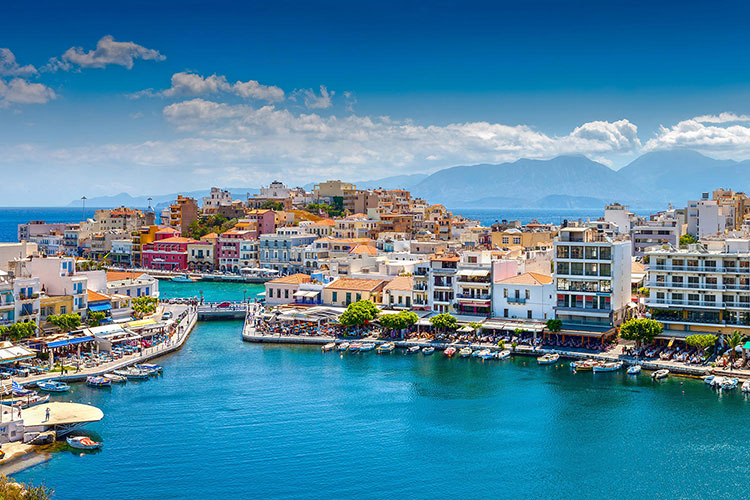
Agios Nikolaos
Agios Nikolaos, with over forty years of experience in the tourism industry, is an international and cosmopolitan resort that welcomes thousands of visitors annually. The lake is its most charming feature. Legend suggests that Athena and Armetis bathed in its waters. This lake is connected to the sea by a straight channel, while its natural surroundings of red rock and trees attract the visitor magnetically.
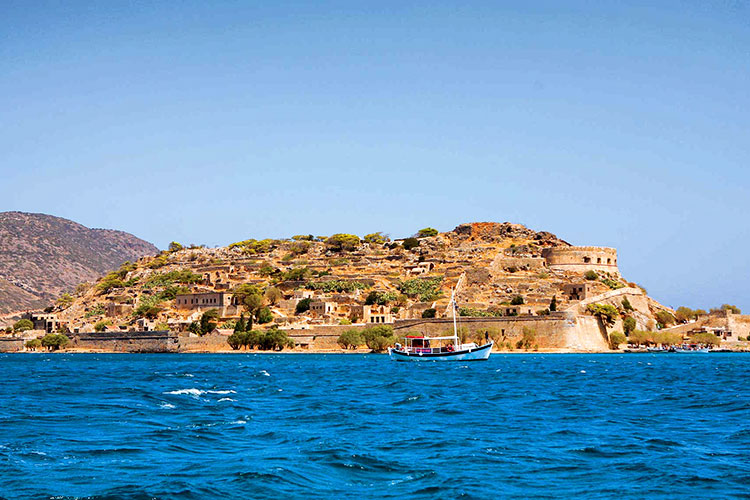
Spinalonga
The island of Spinalonga is located in the eastern part of Crete, near the town of Elounda. In 1579, the Venetians built a fortress on Spinalonga over the ruins of an acropolis. They kept control of the island until the Ottoman Empire took possession of it in 1715. The island is notable for being one of the last active leper colonies in Europe, being used in this manner from 1903 until 1957. The last inhabitant, a priest, left in 1962. Today, the unoccupied island is one of the main tourist attractions in Crete. In addition to the abandoned leper colony and the fortress, Spinalonga is known for its small pebble beaches. The island can easily be accessed from Elounda and Agios Nikolaos.
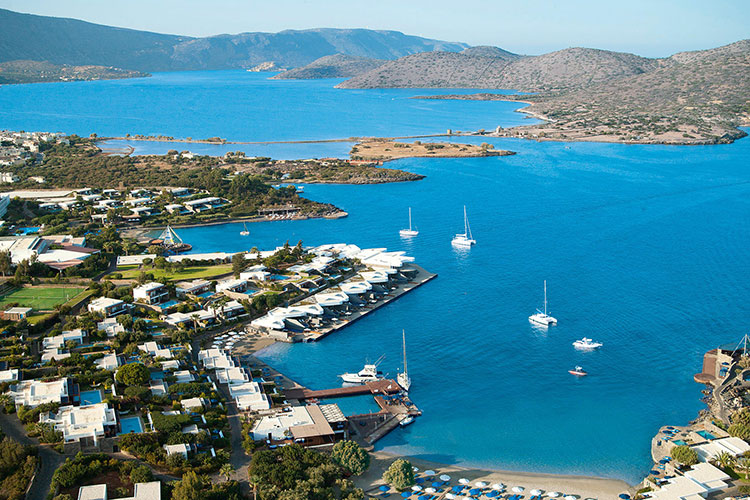
Elounda
This is a world renowned tourism resort located to the north of Agios Nikolaos, having an indented coastline, shaded beaches, crystal clear seas, and a tranquil and heavenly environment. It is 10km distance from Agios Nikolaos, and the cutting along the side of the road affords you the opportunity to admire the spectacular view of Mirambello Gulf and Korfos. The village is built on the southern coast of the Gulf of Elounda, 1km east of the ancient settlement of Olounda, from which it has taken its name. This used to be the favored place of legendary figures from Minoan Crete and of historical figures of our times.
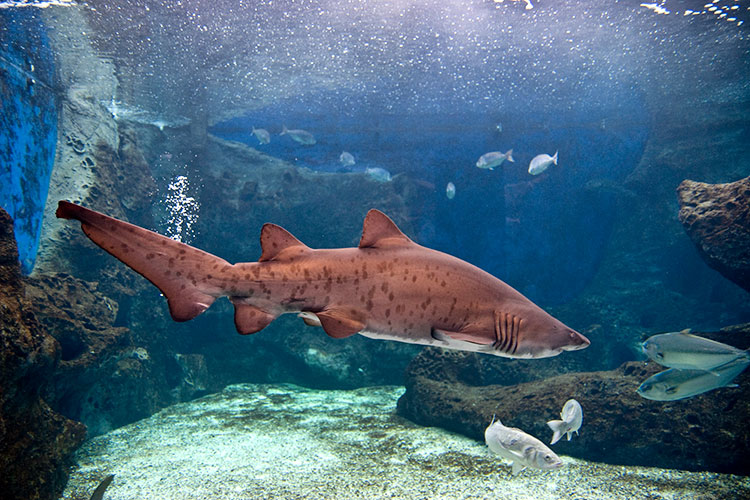
Cretaquarium
This is where your experience exploring the Mediterranean Sea world begins. Come face to face with hundreds of species and thousands of living organisms. Be fascinated by their behavior as they reveal the wide variety of shapes, colors, habits and needs of their own world. Learn about them and reflect on what our common future may be.
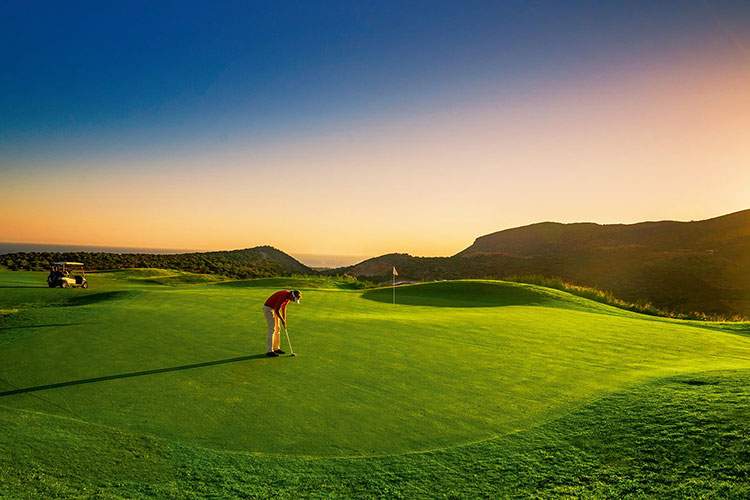
Crete Golf Club
The Crete Golf Club, designed by the architect Bob Hunt, is the first 18-hole golf course in Crete. The course has exceptional scenery and offers genuine challenges to golf players. The course's architects have taken under consideration the protection and conservation of the surrounding natural environment, by implementing ecological solutions such as a modern water maintenance system and large tracts of land, which remain untouched. This rugged golf course, carefully designed to blend harmoniously with the natural environment of Crete, is the most demanding in Greece and is a true challenge to golf players.